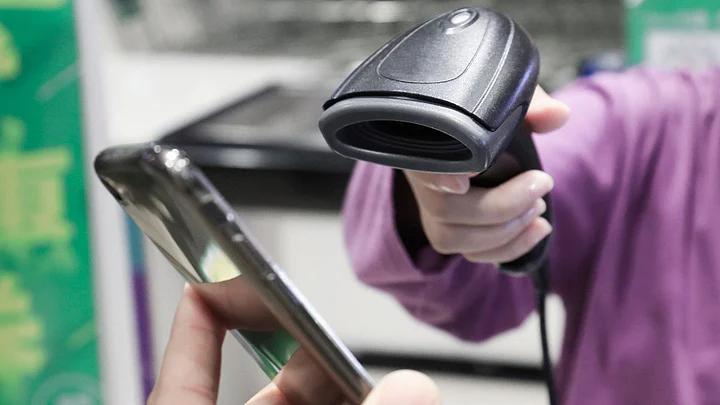It looks like another episode out of Netflix’s Black Mirror fiction series, but it’s really taking place in China. Smartphones in China are becoming a key tool to track the spread of coronavirus.
The Chinese government is working with players like Alibaba Group and Tencent Holdings to deploy apps to track the spread of coronavirus across the country.
Alibaba has released an app called Alipay Health Code, which assigns a coloured QR code – red, yellow or green – which determines whether Chinese citizens should stay quarantined at home or are safe to step out into public spaces.
Tencent, the developers of WeChat, have a similar app – Close Contact Detector. This app uses QR-code-based tracking to notify a user if they have been in close contact with someone who was infected by the coronavirus.
How Does QR-Code Tracking Work?
Tracking citizens using QR (Quick Response) codes on their phones requires them to constantly be scanning codes wherever they go. Users scan a QR code with their phone in various places like public transport or shopping centres with the Alipay or WeChat apps.
Chinese citizen’s phone numbers are registered and they have to enter their names and unique citizen ID. Registered phone numbers can be used to check on the status of different citizens.
When a citizen scans a QR code and a green colour flag appears, they are free to move about. If a yellow colour comes, it means they have to undergo a seven-day quarantine, and a red means a 14-day quarantine.
The data is sent to a central server, which helps track movements of citizens.
China says a person has had “close contact” if they have been near a person who is ill even though they may not have had symptoms at the time. Like if a person has travelled in a plane or train - if they are within three rows of a person who may have fallen ill later.
All airline crew members on flights that have had people who later caught coronavirus are said to have been in “close contact”.
Privacy Concerns
China’s use of technology to track its citizens has raised privacy concerns globally. While it may be an efficient way of tracking citizen movement, there is no clarity on what will happen after the outbreak has been contained.
The data gleaned from citizen’s phones could be used to tighten China’s surveillance system. The country has over 400 million CCTV cameras in place to track citizens. Highways are lined with cameras every few kilometres. City streets have cameras at every possible corner.
China is also setting up a social credit system, which is again quite dystopian, to rate the conduct of all its citizens. This QR-based system could easily tie into that database as well.
